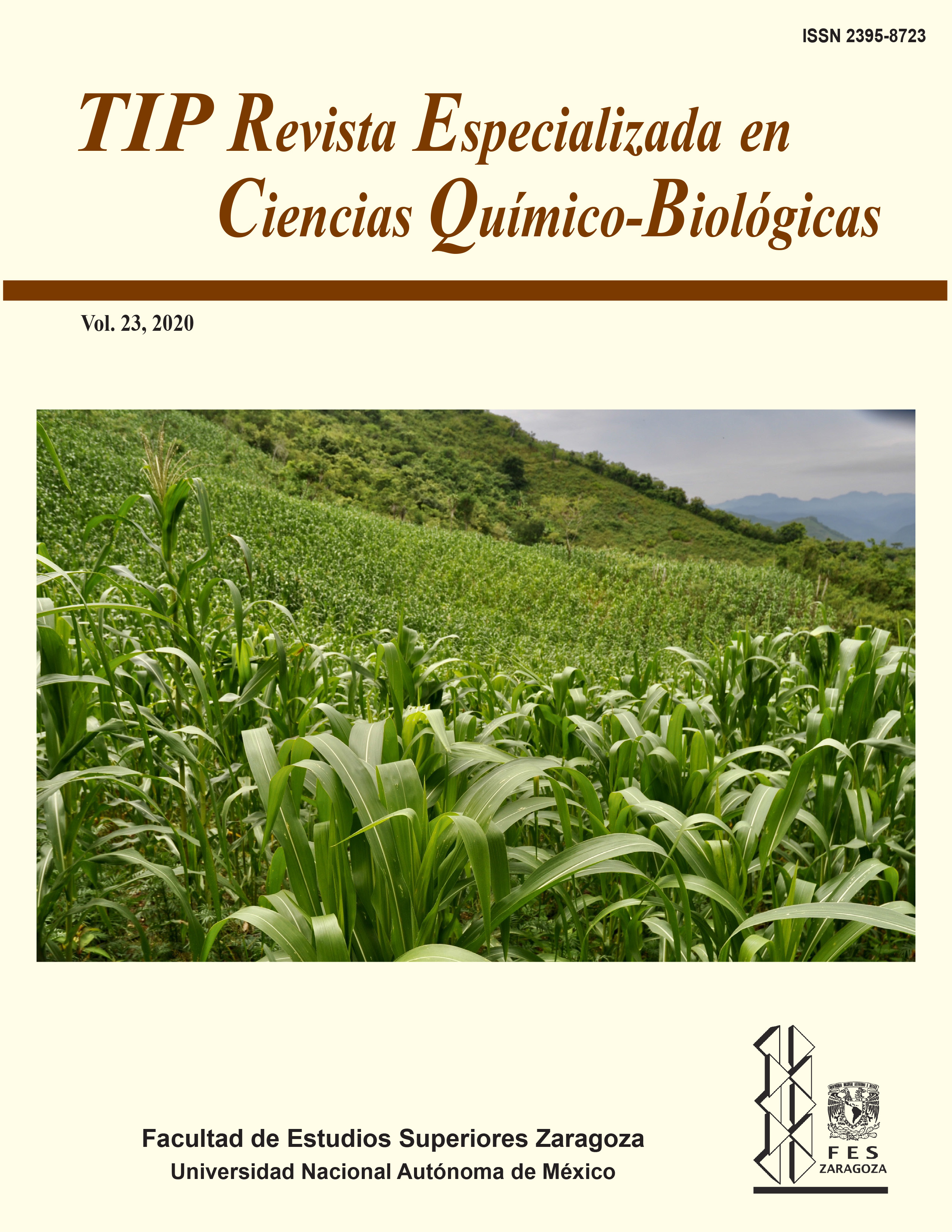Abstract
Tejocote (Crataegus mexicana) is a native plant from Mexico. Its fruit is not only used as food for human consumption but also as an ornament in celebrations and traditional medicine. Despite this, it is considered an underutilized crop, and its antioxidant-containing compounds have only been minimally studied. The objective of this work was to characterize and identify secondary metabolites extracted from three fruit fractions to determine their antioxidant potential: (1) peel, (2) pulp and (3) seed. Phenols and total flavonoid, flavan-3-ol, and proanthocyanidins contents were determined. Also, antioxidant activities of the three fractions were quantified by two methods: (1) iron reduction (FRAP) and (2) inhibition of the 2,2-diphenyl-1- picrylhydrazyl free radical (DPPH). The main compounds present in each of the fractions were identified through high-performance liquid chromatography (HPLC). The results showed that the seed extract exhibited the highest phenol and total flavonoid contents and the best antioxidant potential, which was directly related to the content of extracted compounds. The presence of epicatechin, quercetin 3-D-galactoside, and ascorbic acid was recorded in the three fractions of the fruit. In addition, catechin and vitexin were identified in seed, while in the peel and pulp the presence of chlorogenic acid and procyanidin B2 was detected.TIP Magazine Specialized in Chemical-Biological Sciences, distributed under Creative Commons License: Attribution + Noncommercial + NoDerivatives 4.0 International.



